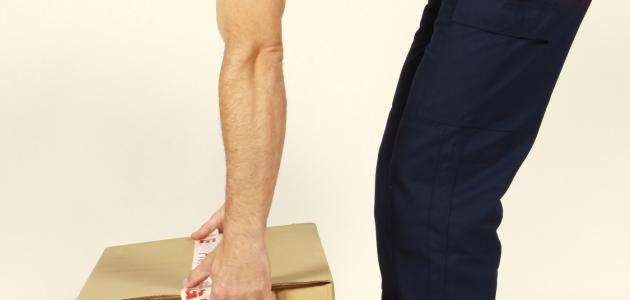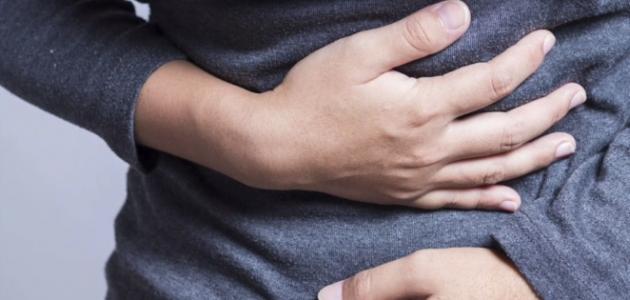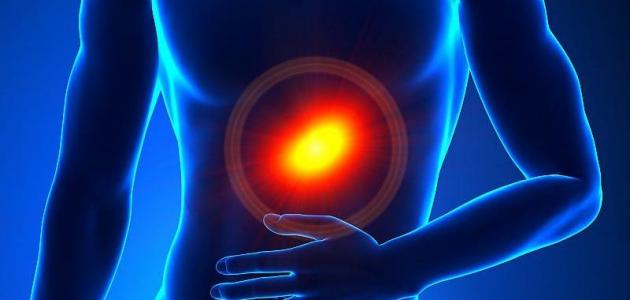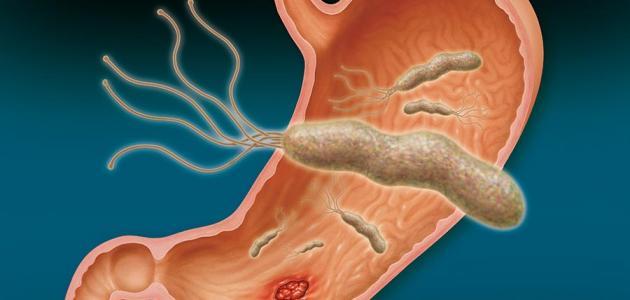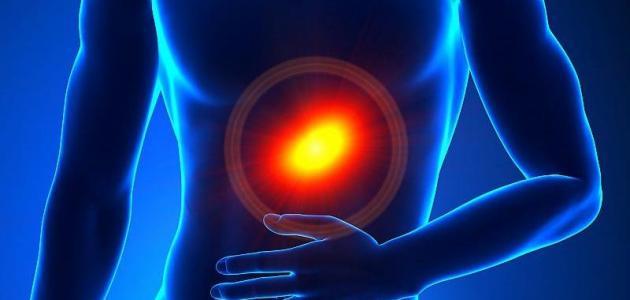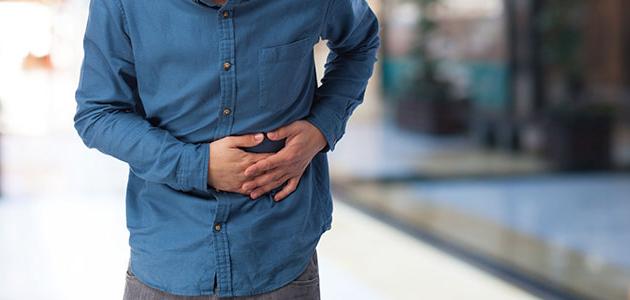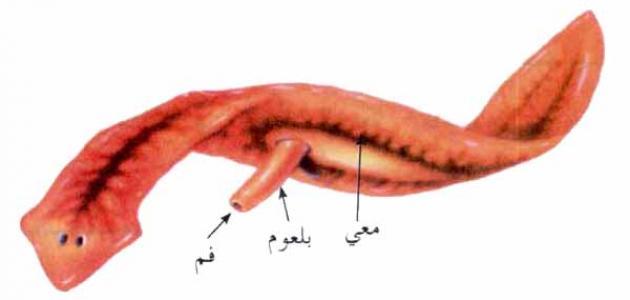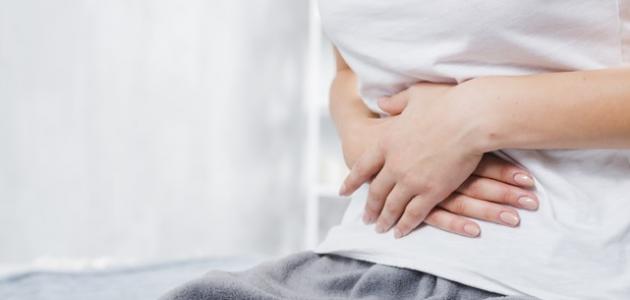hernia
A hernia occurs when an organ or fatty tissue protrudes through a weak point in the adjacent muscles or connective tissue. It should be noted that the most common type of hernia is the inguinal or inguinal hernia. hernia), and symptoms of a hernia appear in the form of swelling or swelling in the affected part, and the patient can feel it by touching while standing, bending, or coughing, but if the patient is an infant; It can be felt when the child cries, and other symptoms of hernia: pain, a feeling of discomfort in the affected part, a feeling of weakness, or the presence of pressure and heaviness in the abdomen, in addition to the feeling of burning.
Hernia components
The hernia consists of three parts:
- bag: The bag is divided into several parts: the mouth, the neck, and the body, which varies in size from one hernia to another, and it does not have to be full.
- bag cover: Where the cyst cover consists of the wall of the part from which the hernia emerged.
- Components of the bag: As there are many components of the bag to include any of the following:
- The omentum: It is a fatty part consisting of two layers that envelops the organs in the abdominal cavity.
- Part of the intestine, or its periphery.
- Ovary without fallopian tube.
- part of the bladder.
- questioner.
Types of hernia
Common types of hernia include:
Read also:Hernia summary- Inguinal hernia: It constitutes approximately 70% of hernia cases; As it occurs when part of the intestine or bladder pushes through a weak part in the lower abdomen, usually through the inguinal canal located in the inner part of the thigh, and it is more common in men.
- Hiatal hernia: Hiatal hernia occurs when part of the stomach protrudes through the diaphragm into the thoracic cavity, and is more common in people over fifty years of age, and this type may occur in children as well. due to a congenital defect.
- Umbilical hernia: Umbilical hernia occurs when the intestine protrudes in the part near the navel, and this hernia can occur in children and infants at the age of less than 6 months, and it is the only type of hernia that goes away on its own; As the child's abdominal muscles are strengthened, when he reaches the age of one year.
- incisional hernia Incisional hernia occurs after undergoing an abdominal operation. As the intestine may protrude from the site of the operation wound, or a place around it, and it is more common among the elderly, and among people who suffer from excess weight, and who are not physically active after the operation.
- Femoral hernia: Femoral hernia occurs when the femoral artery moves towards the upper thigh; Because the intestines enter the inguinal canal, which is more common in women, especially pregnant women, or those who suffer from obesity.
Hernia causes
Most hernias occur without a clear cause, with the exception of incisional hernias. In fact, the risk of hernias increases with age, and among the factors that burden the body and cause hernias are the following:
Read also:Symptoms of stomach and colon bacteria- spending a long time during defecation; For example, due to constipation.
- Persistent cough.
- Cystic fibrosis.
- Prostate enlargement.
- Spending a long time urinating.
- Carry heavy things.
- Excess weight, or obesity.
- Peritoneal dialysis.
- smoking.
- Malnutrition.
- physical stress
- The undescended testicle.
Hernia treatment and prevention
It is recommended to speak with a doctor when there is a persistent cough or sneezing. To avoid a hernia, quitting smoking is also useful in preventing it, and it is also advised to eat vegetables, fruits, whole grains, and maintain a healthy weight, in addition to paying attention during any physical activity, for example when carrying heavy things, the knees should be bent, not the waist, and in In fact, hernia treatment depends on a change in lifestyle, taking medications, in addition to surgical intervention, and it should be noted here that a change in diet and exercise may only help in relieving the symptoms of hernia, and not completely treat it, and this includes avoiding spicy food. , and food that contains tomatoes, and be careful not to lie down after eating, and it is worth noting that a doctor should be consulted; To know the exercises that are useful in strengthening the muscles around the hernia; This is in order to avoid performing some exercises that increase pressure on the hernia, and thus increase its prominence. As for the medications used in the treatment of hernias; In the case of hiatal hernia, there are medications that do not require a prescription, which will reduce stomach acidity, thus reducing the feeling of discomfort and improving symptoms, and these drugs include: antacids and H-2 receptor blockers. ), and proton pump inhibitors.
Read also:Hernia summaryAnd in the event that the inguinal and umbilical hernias are small in size, then the treatment is to wait, and monitor it from time to time, especially if the size of the hernia does not increase, but if the hernia grows, then the case becomes a need for surgery, but in the case of the umbilical hernia in Children, the doctor may wait until the child reaches the age of five years; For its treatment, it should be noted here that the ligament or belt that is worn does not improve the hernia, nor treat it, but it can be worn when consulting a doctor after surgery, where the patient may feel comfortable, and as for treatment using surgery, it is divided into two basic types, They are: open surgery, and surgery by laparoscopy; In open surgery, the hernia is closed using stitches, mesh, or both together, and the skin wound is then closed in several ways. As for surgery by laparoscopy; In which the hernia is closed in the same way, but the operation is done with the presence of a camera and a light installed inside a tube that is inserted through a small wound, and the complications of this operation, such as exposure to infection, are less compared to open surgery, but it is more expensive.
Hernia emergencies
Sometimes one of the intestinal nodes may become trapped inside the hernia, which prevents the passage of waste products outside the body, and this may also prevent blood from reaching the intestines. Therefore, an emergency review must be made immediately, if the following symptoms appear:
- Hernia appears red, purple, or black.
- Inability to pass wind or excrete.
- Fever.
- Rapid increase in pain.
- Vomiting, or having an upset stomach.
